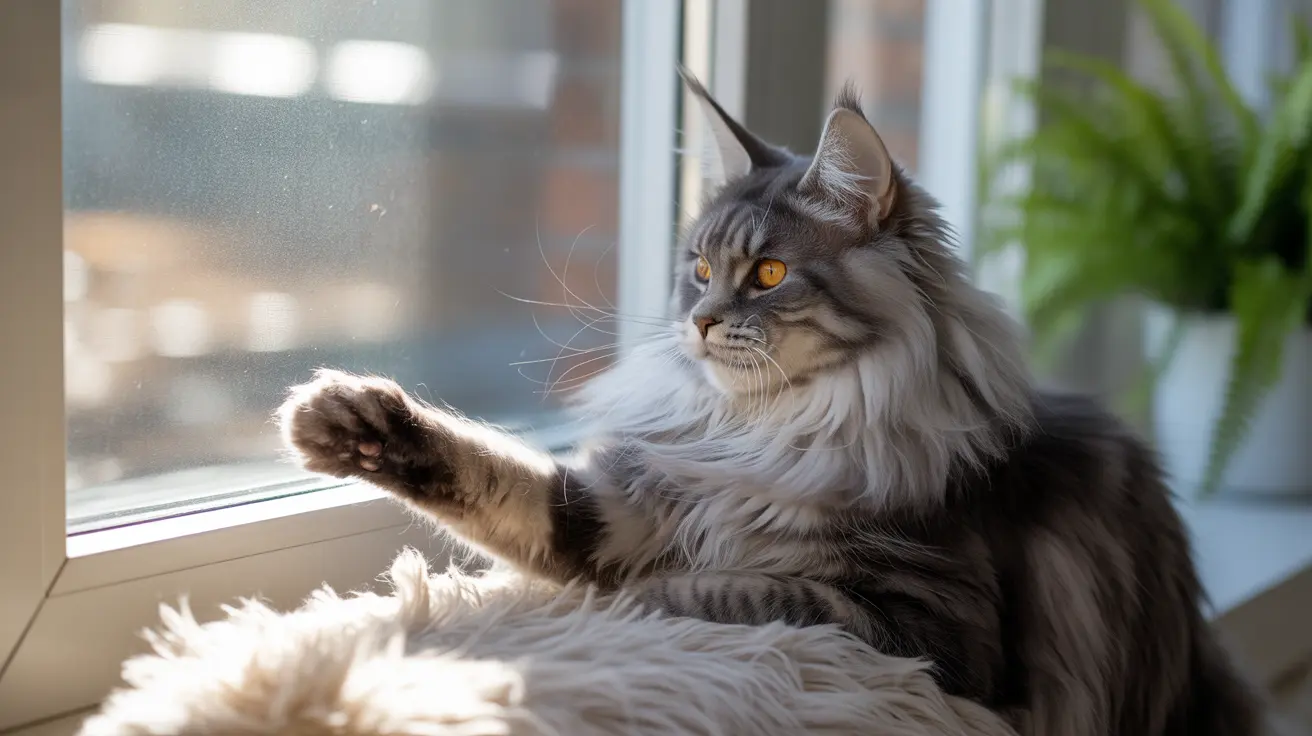Cats are fascinating creatures with unique anatomical features, and their claws are among the most remarkable. For pet owners and cat enthusiasts alike, understanding how many claws a cat has and their function is essential for proper care and appreciation of these agile felines.
In this comprehensive guide, we'll explore everything you need to know about cat claws, from their standard number to their specialized anatomy and purpose.
The Standard Number of Cat Claws
A typical domestic cat has 18 claws in total. The distribution is not even across all paws: each front paw has five claws, while each back paw has four. This asymmetrical arrangement serves specific evolutionary purposes and helps cats maintain their legendary agility and hunting prowess.
Front Paw Configuration
The five claws on each front paw include four regular claws and one dewclaw. The dewclaw is positioned higher up on the inside of the paw, similar to a thumb. These front claws are crucial for climbing, catching prey, and self-defense.
Back Paw Configuration
The four claws on each back paw are primarily used for traction, balance, and powerful jumping movements. Unlike the front paws, back paws lack dewclaws, as they weren't necessary for evolutionary survival.
Special Cases: Polydactyl Cats
Some cats are born with extra toes and claws, a condition known as polydactyly. These special felines can have up to 28 claws in total. The condition is genetic and particularly common in certain regions and breeds, such as Maine Coons.
The Importance of Cat Claws
- Hunting and catching prey
- Self-defense against threats
- Climbing and environmental exploration
- Territorial marking
- Grooming and maintenance
- Balance and mobility
Claw Care and Maintenance
Healthy cat claws require regular maintenance. Cats naturally shed their claw sheaths and keep them sharp through scratching. Indoor cats especially need appropriate scratching posts and surfaces to maintain proper claw health.
Regular trimming may be necessary, particularly for indoor cats who don't naturally wear down their claws through outdoor activities. Always use proper cat nail clippers and seek veterinary guidance if unsure about the trimming process.
Frequently Asked Questions
How many claws does a typical domestic cat have on each paw and in total?
A typical domestic cat has 18 claws total: five claws on each front paw (including the dewclaw) and four claws on each back paw.
What is a cat's dewclaw, and why do front paws have five claws while hind paws have four?
The dewclaw is the fifth claw on each front paw, positioned higher up like a thumb. Front paws have evolved with dewclaws to aid in climbing and catching prey, while back paws don't require this extra digit for their primary functions.
What causes some cats to have extra claws (polydactyly), and how does it affect their paw structure?
Polydactyly is caused by a dominant genetic mutation. It results in extra toes and claws, sometimes up to 28 total. This condition typically doesn't harm the cat and can even enhance their dexterity.
How do cats retract their claws, and why is this retractability important for their health and behavior?
Cats retract their claws using specialized tendons and ligaments. This ability helps keep claws sharp by preventing wear from constant ground contact and allows for silent movement when hunting or stalking.
How should I care for my cat's claws to keep them healthy and prevent overgrowth or injury?
Provide scratching posts for natural maintenance, regularly check claws for problems, trim when necessary, and consult a veterinarian for proper trimming techniques. Never declaw, as this surgical procedure removes the last bone of each toe and can cause lasting physical and behavioral issues.
Understanding your cat's claws is essential for responsible pet ownership. With proper care and attention to their natural needs, you can help maintain your cat's claw health while protecting both your furniture and your feline friend's well-being.






